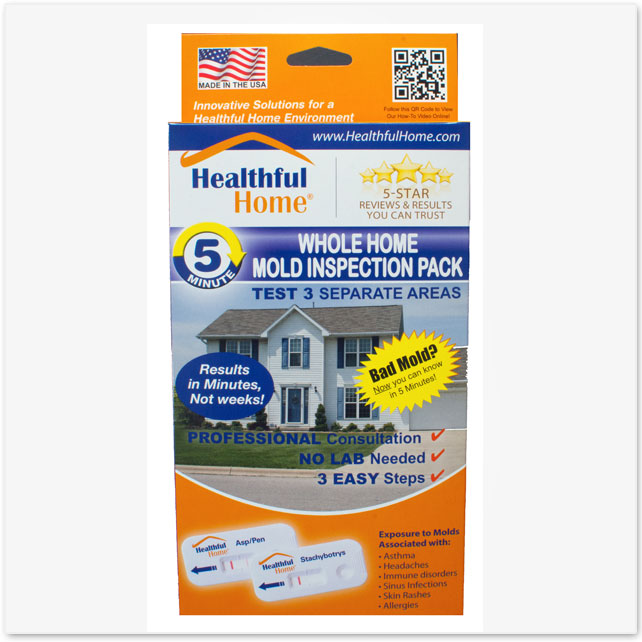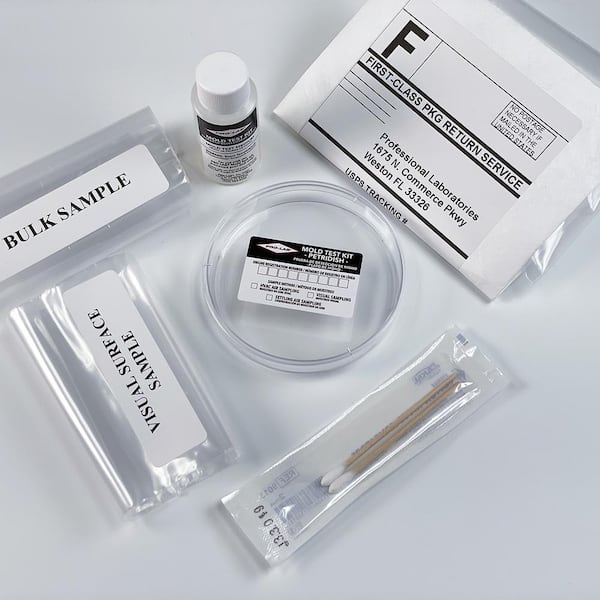Exactly How Mycotoxin Testing Aids Avoid Contamination and Guard Food Supplies

Mycotoxin screening is a crucial technique in the food industry, serving as a frontline protection versus contamination by dangerous toxins generated by molds. Via the application of advanced techniques like High-Performance Liquid Chromatography (HPLC) and Fluid Chromatography-Mass Spectrometry (LC-MS), food manufacturers can properly evaluate and identify mycotoxin degrees in farming products. This aggressive method not just guarantees compliance with rigorous safety and security regulations yet additionally minimizes health and wellness dangers to consumers. Additionally, regular screening strengthens brand reputation and financial health and wellness by decreasing contamination-related incidents. Just how precisely do these testing methods incorporate into the more comprehensive food safety and security method?
Comprehending Mycotoxins
Recognizing mycotoxins starts with acknowledging that they are poisonous secondary metabolites generated by specific mold and mildews, which can contaminate farming items. These metabolites are not crucial for the growth or reproduction of the fungis but can have severe ramifications for human and animal health. Mycotoxins are commonly located in staple crops such as corn, wheat, barley, and nuts, where they can proliferate under particular problems of wetness and temperature level.
There are a number of kinds of mycotoxins, each generated by different fungal types. Aflatoxins, created by Aspergillus species, are amongst one of the most well-known, understood for their carcinogenic buildings. Another considerable team consists of ochratoxins, produced by Aspergillus and Penicillium types, which have nephrotoxic impacts. Fusarium varieties create trichothecenes and fumonisins, both of which are related to various severe and persistent health issues.

Dangers of Mycotoxin Contamination
The dangers of mycotoxin contamination are multifaceted, presenting substantial hazards to both food safety and public health and wellness. Mycotoxins, harmful substances created by particular sorts of fungi, can infect a variety of farming items including cereals, nuts, spices, dried fruits, and coffee. Once these toxins penetrate the food supply, they can cause severe health concerns such as liver damage, kidney failing, and also cancer. Susceptible populations, consisting of kids, the senior, and immunocompromised people, are specifically in jeopardy.
Financial effects are one more major issue. Infected plants can cause substantial economic losses for farmers and food manufacturers because of lowered yields and the requirement for expensive purification measures. Worldwide trade can be considerably hindered as nations apply strict mycotoxin policies to safeguard their populaces, leading to turned down shipments and stretched trade connections.
Ecological factors such as climate modification exacerbate the threat of mycotoxin contamination. Variations in temperature level and humidity can create favorable conditions for fungal development, enhancing the possibility of contamination occasions. Thus, understanding and mitigating these dangers are critical for making certain the security and honesty of global food materials.
Approaches of Mycotoxin Checking
Precisely recognizing mycotoxin contamination in agricultural products is necessary for guarding public health and maintaining food safety standards. Numerous approaches are utilized to discover and measure mycotoxins, each offering particular advantages and constraints.
High-Performance Fluid Chromatography (HPLC) is a commonly used method due to its high level of sensitivity and accuracy. It includes separating mycotoxins from various other compounds in a sample, enabling accurate metrology. In A Similar Way, Fluid Chromatography-Mass Spectrometry (LC-MS) integrates fluid chromatography with directory mass spectrometry to give in-depth molecular information, making it particularly valuable for determining multiple mycotoxins at the same time - Mycotoxin testing Services.

Gas Chromatography-Mass Spectrometry (GC-MS) and Thin-Layer Chromatography (TLC) are likewise utilized, each with special applications. GC-MS works for unstable mycotoxins, while TLC provides a simpler, affordable alternative for preliminary testing.
Advantages of Routine Evaluating
Regular testing for mycotoxins in farming items provides various benefits, significantly contributing to public health and food safety. By recognizing contamination early, normal testing helps protect against the circulation of hazardous foods, thus decreasing the risk of mycotoxin-related illnesses amongst consumers. This proactive strategy not just safeguards human health like this and wellness yet additionally boosts the total quality of food supplies.
Regular screening likewise sustains regulatory compliance. Various nations and regions have actually developed stringent restrictions for mycotoxin levels in food and feed. Following these limits via regular screening guarantees that manufacturers and distributors meet lawful standards, consequently avoiding charges and profession obstacles. Maintaining compliance promotes customer count on and brand name credibility, which are essential for market success.
Furthermore, regular mycotoxin screening can result in significant economic benefits. Early discovery of contamination allows for timely treatment, decreasing potential losses from extensive contamination. Carrying out routine testing methods can likewise reduce recall costs and associated liabilities, which can be economically devastating.
Additionally, regular testing gives useful data that can notify much better farming methods and storage space problems. By understanding patterns of contamination, manufacturers can adopt safety nets, consequently lowering future risks and contributing to the sustainability of the food supply chain.
Implementing Examining Methods
Executing effective mycotoxin testing protocols is important for ensuring the safety and top quality of agricultural items. Each phase needs to be looked at to determine where mycotoxin contamination is most likely to take place.
As soon as important control factors are recognized, selecting suitable testing methods is important. Usual strategies consist of enzyme-linked immunosorbent assay (ELISA), high-performance liquid chromatography (HPLC), and mass spectrometry (MS) Each method has its weak points and toughness; thus, selecting the correct one depends upon the certain mycotoxin being tested, the required sensitivity, and offered sources.

Lastly, integrating the screening protocols right into a comprehensive food safety and security administration system is advisable. This improves traceability website link and enables swift restorative actions when contamination is detected, thus securing the stability of the food supply chain.
Final Thought
Mycotoxin screening is important in preventing contamination and protecting food materials by enabling early discovery of hazardous toxic substances produced by mold and mildews in farming products. Advanced methods such as HPLC and LC-MS guarantee compliance with safety and security policies and shield consumers from health threats. Routine screening enhances brand online reputation, economic stability, and trust fund in food safety by minimizing contamination-related losses and keeping high standards in food manufacturing. Executing extensive screening methods is thus vital for the market's general well-being.
Mycotoxin screening is a crucial practice in the food market, offering as a frontline protection against contamination by hazardous toxins produced by molds. An incorporated strategy entailing farming techniques, storage space management, and routine testing can mitigate the threats associated with mycotoxin contamination, ensuring food security and public health and wellness.
The risks of mycotoxin contamination are complex, positioning significant threats to both food security and public health.Regular testing for mycotoxins in farming items provides many advantages, substantially contributing to public health and wellness and food safety and security.Mycotoxin screening is essential in protecting against contamination and safeguarding food supplies by enabling early detection of dangerous toxins produced by molds in agricultural products.